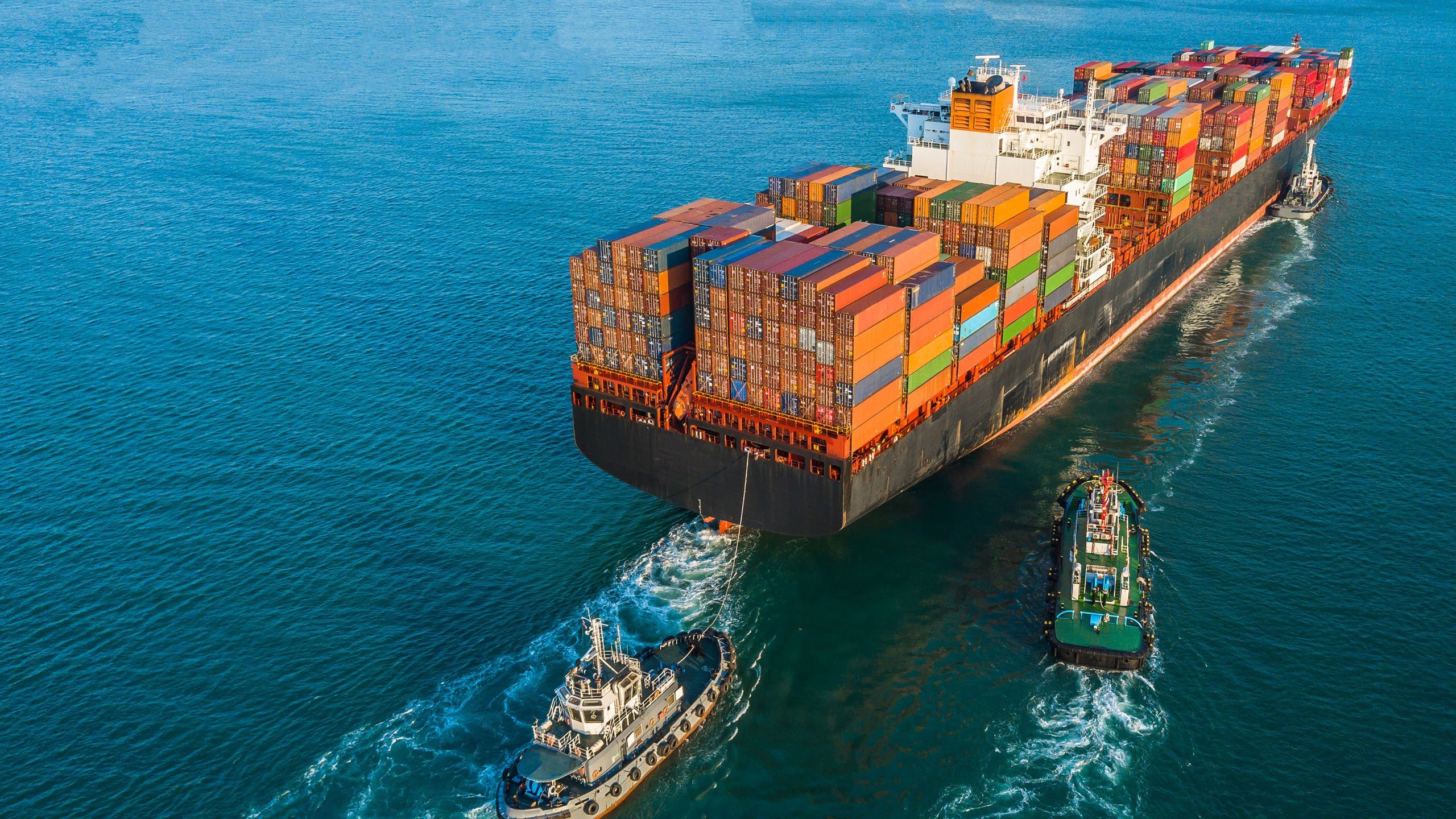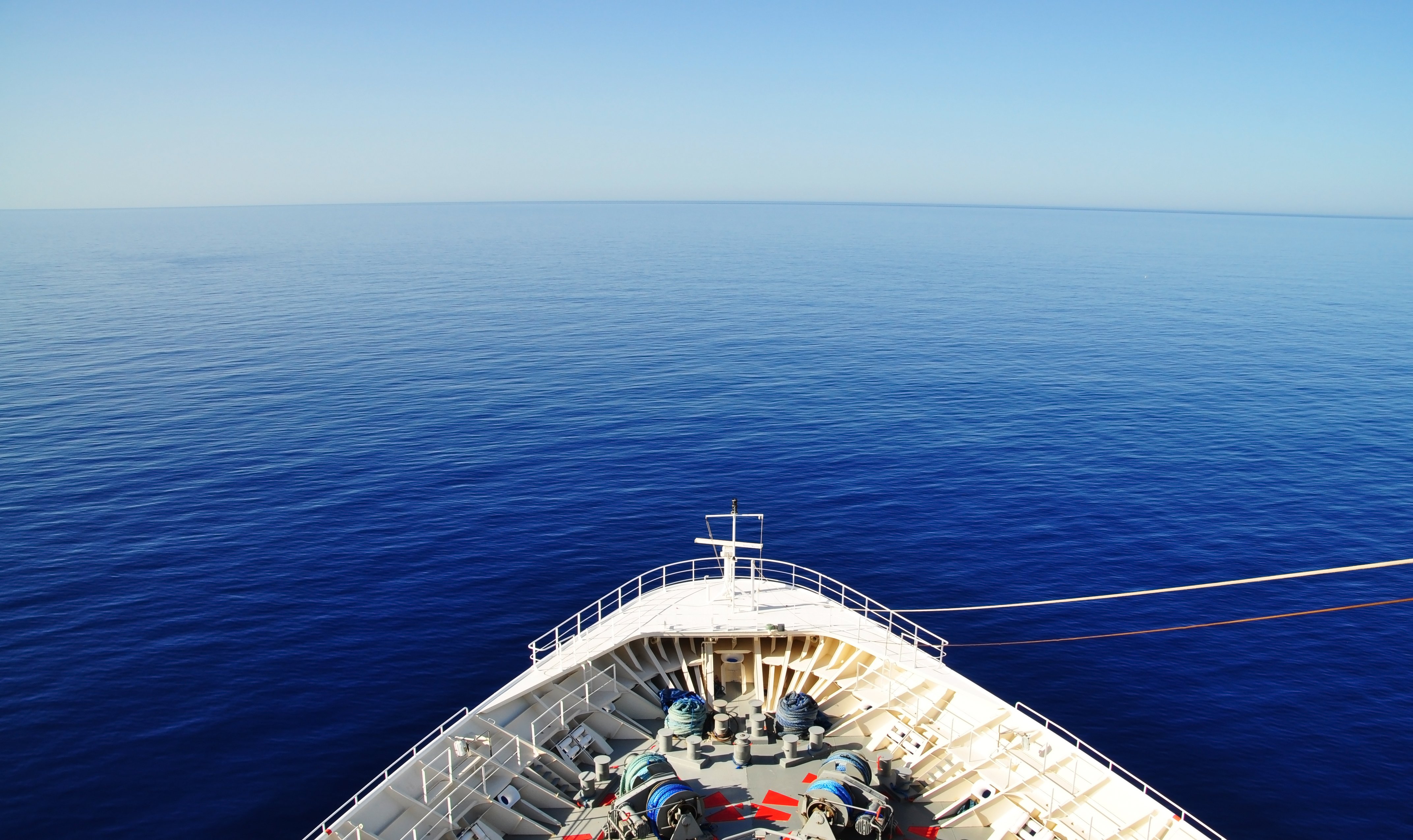OUTLINE
- IMO's MEPC 71 has revised the implementation schedule for the installation of a BWM system under BWMC 2004
- Vessels constructed on or after 8th September 2017 should have a BWM system installed on delivery
- Vessels with completed IOPP renewal surveys between 8th September 2014 and 7th September 2017 should have a BWM system installed by the first IOPP renewal survey on or after 8th September 2017
- All other existing vessels should have a BWM system installed by the second IOPP renewal survey after 8th September 2017
- Vessels not required to have an IOPP certificate should have a BWM system installed by 8th September 2024
- All Clubs in the International Group have issued similar circulars
TO THE MEMBERS,International Convention for the Control and Management of Ships' Ballast Water and Sediments, 2004 and US Ballast Water Management (BWM) Regulations Background
We refer Members to
on the IMO's International Convention for the Control and Management of Ships' Ballast Water and Sediments (the "Convention") that will enter into force on 8th September 2017, and the US Coast Guard (USCG) regulations requiring the installation on most vessels operating in US waters of a BWM system that meets the USCG's stricter testing standards at the first scheduled dry docking after 1st January 2016.
On 7th July 2017, the 71st session of the IMO's Marine Environmental Protection Committee (MEPC) reached agreement on a revised implementation schedule for the installation of a BWM system under the Convention.The revised schedule effectively postpones by two years the compliance deadline for installing an approved BWM system for ships constructed before 8th September 2017. It is important to note that this has no effect on the compliance dates with the USCG regulations.
IMO BWM Convention - Revised implementation scheduleCircular 1/17
informed Members that, under the Convention, all ships in international trade are required to manage their ballast water and sediments to a certain standard, according to a ship-specific BWM plan. In addition, all ships are required to carry on board a ballast water record book and an international BWM certificate,with the current BWM standards being phased in over a period of time.
also previously informed Members that, eventually,most ships would need to install an on-board ballast water treatment system that meets the IMO's standards by the date of a vessel's first International Oil Pollution Prevention (IOPP) renewal survey after the Convention enters into force on 8th September 2017.
The new revised implementation schedule applies to approved BWM treatment systems and specifies the acceptable levels of viable organisms left in ballast water after treatment in accordance with the Convention's D-2 Ballast Water Performance Standard.
The revised implementation schedule (included in an amended
Regulation B-3
1
of the Convention) now contains the following deadlines:
- Vessels constructed (keel laid) on or after 8th September 2017 should have a BWM system installed on delivery, and
- The revised compliance date for existing vessels (keel laid before 8th September 2017) will depend on when the IOPP renewal survey occurs.The MEPC text has been agreed as follows:
Existing vessels will have until:
- 10.1 The first [IOPP] renewal survey. following the date of entry into force of the BWMC if:
.1 This survey is completed on or after 8th September 2019; or
.2 A renewal survey [i.e. IOPP renewal survey] is completed on or after 8th September 2014 but prior to September 8th, 2017;
- 10.2 The second renewal survey. following the date of entry into force of the BWM Convention if the first renewal survey following the date of entry into force of the BWM Convention is completed prior to 8th September 2019, provided that the conditions of paragraph 10.1.2 are not met.
For ships constructed before 8th September 2017 and which are not subject to the MARPOL IOPP renewal
survey, compliance with the D-2 standard shall be no later than 8th September 2024.
This revised schedule is summarised as follows:
New vesselsExisting vesselswhere:For other exisitngvesselsExisting vessels notrequired to have anIOPP certificate
| Keel laid on or after 8th September 2017: | Completed IOPP renewal survey between 8th September 2014 and 7th September 2017: | Install BWM system at whichever occurs first of the following: | Tankers of less than 150GT and ships other than oil tankers of less than 400GT |
| Install BWM system upon delivery | Install BWM system at the first IOPP renewal survey on or after 8th September 2017 | First IOPP renewal survey on or after 8th September 2019 OR Second IOPP renewal surevy on or after 8th September 2017* | Install BWM system not later than 8th September 2024 |
*If the first IOPP renewal survey following the date of entry into force of the Convention is completed between 8th September 2017 and prior to 8th September 2019.
A list of over sixty BWM systems that have either received basic or type approval by the IMO can be found at:
It is important to note that the revised implementation schedule agreed at the 71st session of the IMO'sMEPC delays the final deadline for compliance with the D-2 discharge standard and the associated installation of a type-approved BWM system.The agreement does not affect compliance with the Convention's D-1standard on ballast water exchange or the requirements covering BWM documentation upon entry into force of the Convention on 8th September 2017.
USCG BWM Regulations
USCG Marine Safety Information Bulletin (MSIB) 07-2017 issued on 30th June 2017 is a reminder that the US is not a State Party to the BWM Convention and that vessels discharging ballast water into US territorial waters (12 nautical miles seaward of the baseline) must comply with the US BWM regulations (Title 33 CFR151 Subparts C and D), regardless of the vessel's status under the BWM Convention (Members are referred to Circular 1/17).
The US BWM regulations are unaffected by either the BWM Convention or the IMO MEPC's recently agreed revised implementation schedule.USCG MSIB 07-2017 highlights the differences between acceptable BWM methods under the US regulations and the BWM Convention.
Under the US BWM regulations
"the U.S.Coast Guard can grant an extension of a vessel's compliance date to an owner/operator who has documented that, despite all efforts, compliance with one of the approved ballast water management methods is not possible."
The approved management methods are listed as follows:
- Use a Coast Guard type-approved BWM system;
- Use only water from a U.S. public water system (PWS);
- Use an alternate management system (AMS) [Note:Only valid for 5-years from the original compliance date,which includes the extended compliance date];
- Do not discharge ballast water into waters of the United States (includes the territorial sea as extended to12 nautical miles from the baseline); or
- Discharge to a facility onshore or to another vessel for purposes of treatment (none of which are approvedat this time).
USCG MSIB 03-17 provides further information on the USCG's BWM extension program and new guidance for compliance date extension requests.USCG MSIB 03-17 also informs owners and vessel operators that if a USCG type-approved system is not available for a vessel, and compliance with the other USCG approved BWM methods is not possible, the vessel owner/operator may apply to the USCG for an extension of the vessel's compliance date.The vessel owner/operator will need to submit evidence that a USCG type-approved system is not available with the application for extension.The length of compliance date extensions,when granted,will be based on the availability of USCG type-approved systems and a detailed installation strategy and timeline to come into compliance.
Californian BWM requirements
Members are reminded that the State of California has its own BWM standards,which will be even stricter than those of the USCG.California's "Interim Performance Standards" for BWM systems are due to come into effect on 1st January 2020. A reminder notice has been disseminated by the California State Lands Commission on 30th December 2016 covering the existing reporting requirements for BWM that is found
at: http://www.slc.ca.gov/Forms/MISP/2017_LtrAgents.pdfP&I Club cover
The position as set out in Circular 1/17 on cover for pollution arising from either the discharge of ballast overboard through a "faulty" approved system or otherwise, and in respect of any fines relating to the discharge of ballast overboard, remains unchanged by the revised implementation schedule as agreed by the 71st meeting of the IMO's MEPC.
All Clubs in the International Group have issued similar Circulars.




